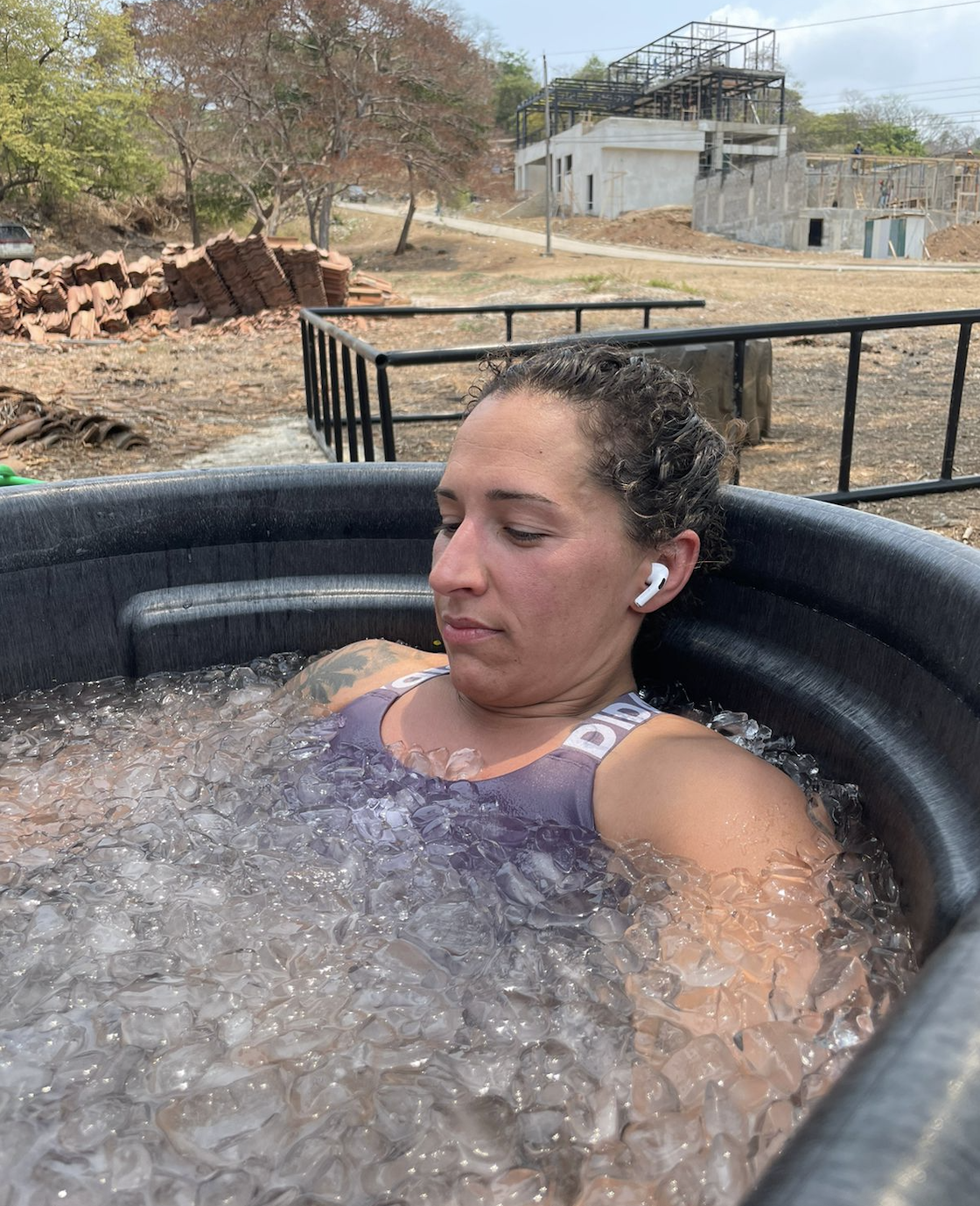The Injury Loop: And How to Navigate it
Every week, patients, teammates, and strangers ask me about specific injuries and how to avoid them.
I often ask myself as well… “Why do I keep getting injured in jiu jitsu and can I avoid it?”
I’ve been on both sides of the table, as the orthopaedic surgeon and as the patient.
Many jiu jitsu injuries aren’t random. They’re often predictable and sometimes preventable.
Let’s break down the patterns I see (and often succumb to myself) over and over.
You Train Harder Than You Recover
One of the biggest misconceptions in combat sports is that progress comes from grinding harder and ignoring injuries. When I was an amateur boxer in college, teammates would sustain concussions and other people would simply say “get over it” or “shake it off and get back in the ring”. Part of the problem was that we weren’t well versed in concussion at the time. But the other part is that these are tough guy sports and culture says to simply “grow a pair”.
This is quite backwards. Because combat sports are so intense both physically and mentally, I believe healing is more important here than other sports.
Signs your recovery is failing you:
you’re constantly sore
your sleep sucks
your joints feel “old” (and you keep saying your “old” – yup, I do this too much too)
your rounds get sloppy halfway in
you keep getting “small injuries” that become big ones
Some of my favorite recovery tools:
sleep
Protein and carbs (good quality)
Ice baths
Sauna
Compression
Foam rolling/tennis balls/percussion guns
Nothing will take you out of the sport faster than ignoring recovery.
Your Sleep Is Sabotaging Your Performance
If you’re sleeping 5–6 hours, I promise you’re underperforming.
I see this clinically:
Poor sleep = slower reaction time, decreased strength, higher injury risk, and poor tissue healing (especially after surgery).
Athletes who get <7 hours are significantly more likely to tear something… which is likely worse in high-torque sports like BJJ.
Looking for fewer injuries and more efficient training?
Fix your sleep. It’s the cheapest performance enhancer on earth.
You Train at One Intensity: HARD
Or as our Brazilian friends say… sempre porrada (translated: always training hard).
Competitors and non competitors fall victim to this mentality and style. While doable early on, training like this forever will not keep you in the sport long term. Even if you do stay in the sport, you are probably never 100% and have more injuries with age.
Most belts don’t train like this. I would even argue, most world champions don’t train like this.
You need intensity waves. Here is how I like to look at training, especially when preparing to compete:
• 30–50% sessions (technical, flow, problem-solving)
• 60–75% sessions (positional sparring, strategy)
• 90–100% sessions (competition prep)
If every round is a war, your body will break like you’re in one.
You Pick the Wrong Training Partners
Yes, this matters.
Athletes with lowest injury rates likely choose partners intentionally:
trusted upper belts
training partners who are controlled
people who respect the tap
people of similar size
teammates who understand body awareness
If someone rolls with you like they’re trying to make a highlight reel… just say no.
Pick wisely.
You Ignore the “Little Injuries”
This is common in jiu jitsu and something I did early on… so I pay for it a bit more now.
What starts as:
“my knee feels weird”
or
“my rib is a little off”
or
“I my elbow hyperextended and popped but it’s fine”
… might become a surgery years later.
Small injuries are warnings. Your body whispers before it screams.
Listen and rehab early or continue to have pain and suffer for years.
You Don’t Strength Train Like an Athlete
Strength training is part of injury prevention.
The strongest, most resilient athletes I treat:
• lift 2–4x per week
• train hinge, squat, push, pull, carry, and exercises not typically trained in jiu jitsu
• build tendon capacity
• do accessory work for hamstrings, glutes, shoulders, and grip
If you're not strength-training, you're putting your entire jiu jitsu career in the hands of luck. And luck runs out.
You Have No System for Training Longevity
Most athletes just “show up and roll.” That’s like treating your body as an afterthought.
To break the injury loop, here is a simple system:
Sleep → Fuel → Warm-Up → Smart Partners → Strength → Recovery
There are many other systems, but this is what I like!
Final Thoughts
Progress comes from stress + recovery. Most athletes only train the first half of that equation.
Longevity is a skill, just like guard retention or passing. It takes awareness, discipline, strategy, rest days, and frequent tapping — not ego and porrada.
Use your body to help you stay on the mats.
Reply to this email and tell me: Where do YOU think your biggest injury risk comes from? Your answer will help shape next month’s newsletter.
____
Dr. Megan Lisset Jimenez
Connect with Me
Let’s keep the conversation going:
📱 Instagram: @dr.meganjimenez
📘 Facebook: Megan Jimenez, DO
💼 LinkedIn: Megan Jimenez, DO
References:
Charest J, Grandner MA. Sleep and Athletic Performance: Impacts on Physical Performance, Mental Performance, Injury Risk and Recovery, and Mental Health. Sleep Med Clin. 2020 Mar;15(1):41-57 PMID: 32005349.

